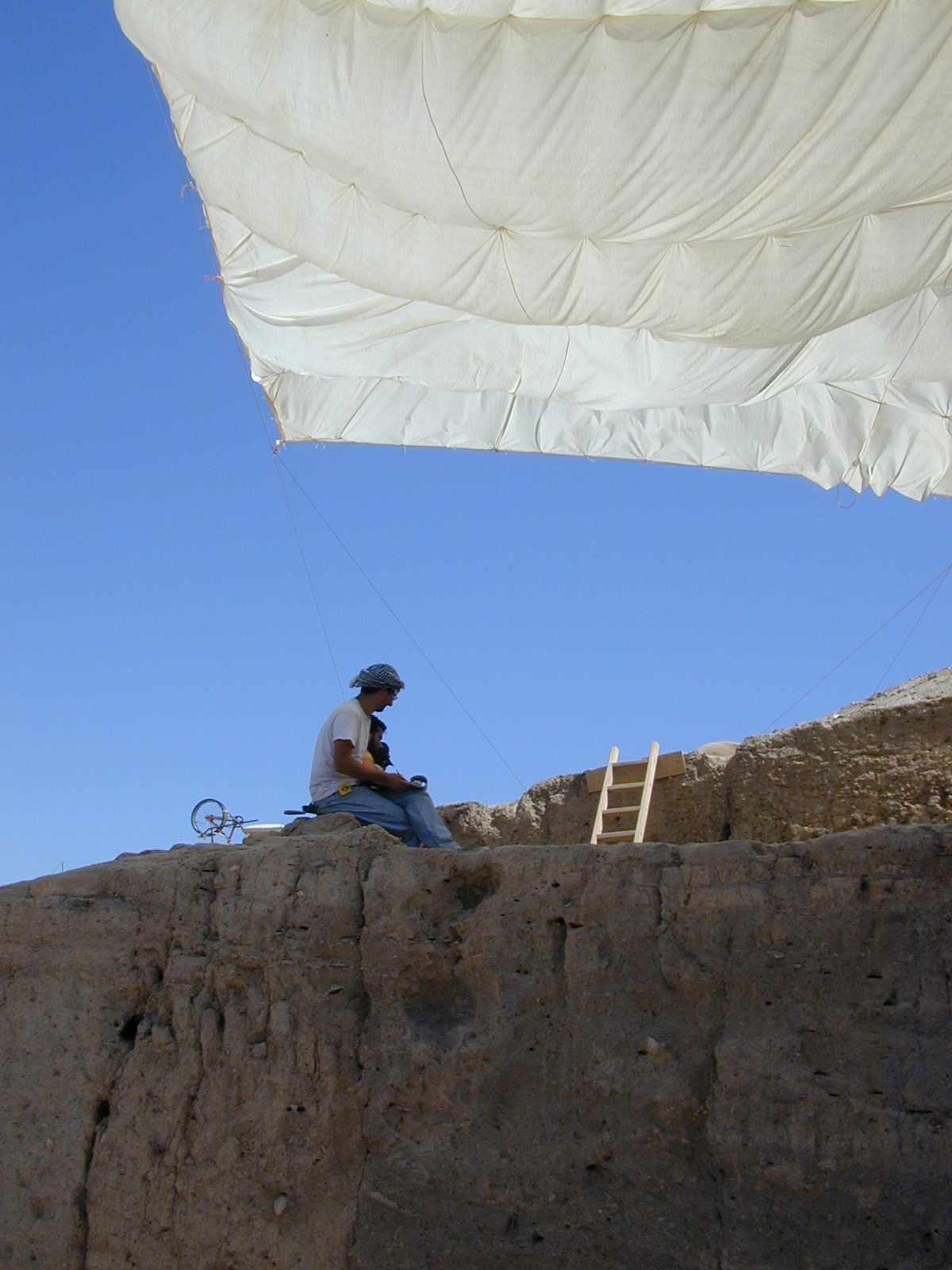|
|
|
The section on principles broaches general questions about the theoretical underpinnings of field work and, at the same time, about the fundamental distinction between techniques and methods bringing to light that peculiar dimension of archaeology that combines highly practical and highly theoretical aspects. The section on techniques provides descriptive and operational details about some of the more distinctive techniques we use in the field. What follows is a discussion of the methods, divided in two parts, excavations and analysis. The section on excavations describes what is most properly, and most commonly, associated with the discipline of archaeology – the dig. We review here the most salient aspects of the entire process, from the uncertainties, expectations and surprises of the moment of retrieval to stratigraphic analysis, a highly theoretical construct within which we encase the physical reality of the mound and what it contains. Analysis provides the theoretical scaffolding for the substantive conclusions that are applied to our data and presented in the section on typology. |
